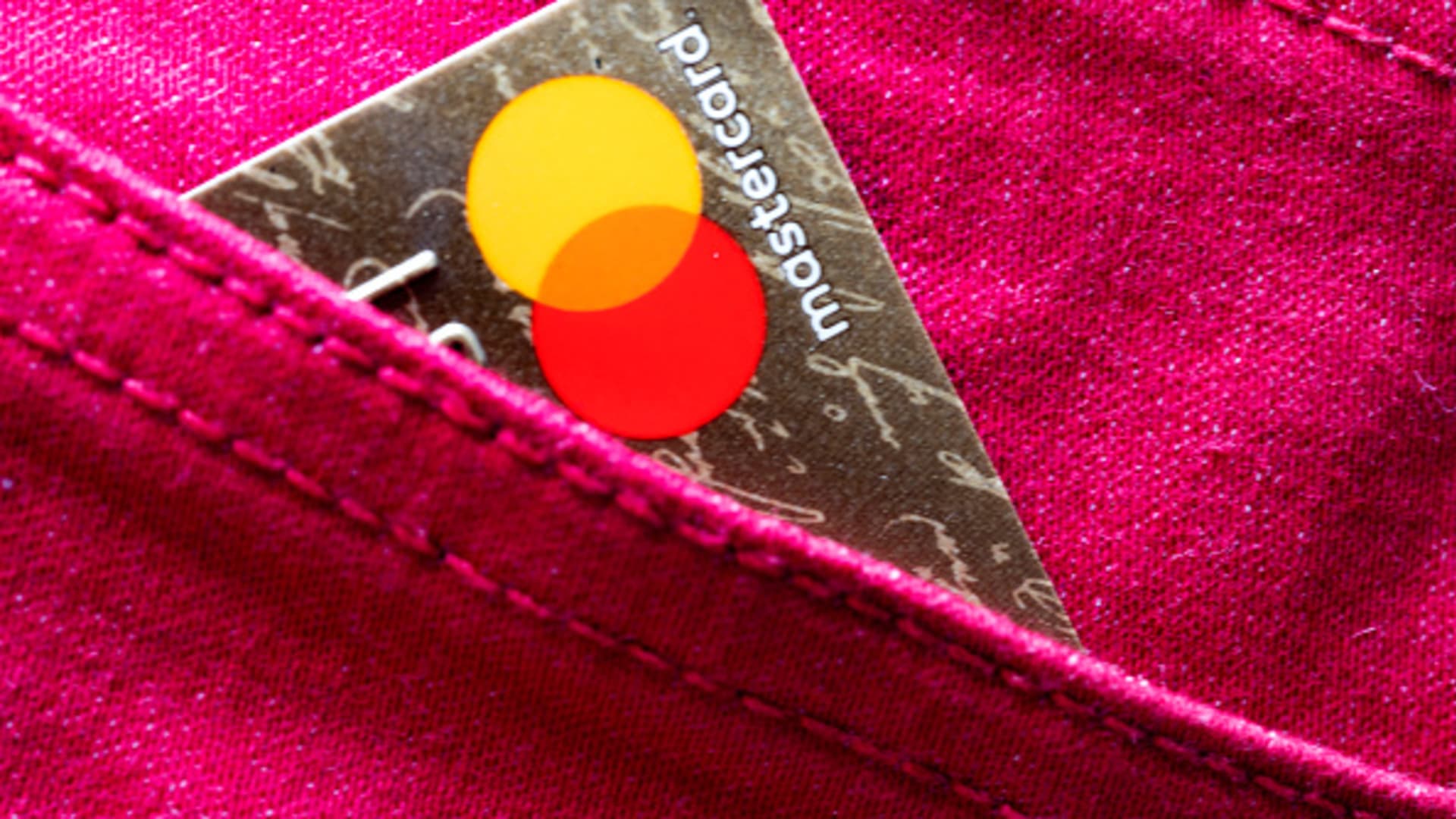Markets are packed with knee-jerk reactions, and the entire idea behind mean reversion is to spot these overreactions and take a contrarian stance — stepping in with a trade in the opposite direction. When you layer options on top of this mindset, you can build a powerful and structured trading system. I dive into the full strategy in detail in my book Mean Reversion Trading , and you’ll find tons of real-world trade examples on my site . For this particular setup, I’m focusing on Mastercard (MA) . Last week, both Mastercard and Visa were under pressure after news broke about the stablecoin bill — a classic knee-jerk reaction that now presents a solid trading opportunity. For the MA trade, I’m using the following technical indicators to build out my thesis: Support & resistance: Support and resistance zones are often straightforward to identify, and in MA’s case, there’s clear long-term support around the $530 level. The stock is starting to show some resilience at this area, hinting that buyers are stepping in. DMI (directional movement index): The DMI is made up of three key lines: DI+ (green), DI- (red) and ADX (blue), which measures trend strength. Generally, a downtrend is indicated when DI- sits above DI+. But when these lines start to reverse course, it can be an early sign of a shift in momentum. With MA, we’re now seeing DI+ pushing higher while DI- is tapering off — a signal that bullish sentiment may be building and bearish momentum is losing steam. This pattern often points to a potential trend reversal in the making. RSI (relative strength index): RSI is a go-to momentum indicator used to spot both trend continuation and reversal zones. When RSI falls below 30, the stock is considered oversold — and a move back above 30 is often seen as a reversal trigger. In MA’s case, RSI just bounced off that oversold territory, adding another layer of confirmation to the setup. The trade setup: MA 550-555 bull call spread To play this mean reversion setup, I’m going with a bull call spread — a risk-defined options strategy that keeps capital exposure low while offering solid upside potential. This setup lets me get started with as little as $250, and it scales easily by increasing the number of contracts. For example, running 10 contracts puts $2,500 at risk with the potential to earn $2,500 in profit — assuming MA trades at or above $555 by expiration. The stock gapped up this morning but is giving up some of its gains, which could generate a trading opportunity. Assuming MA drops slightly below $555, the spread is structures by purchasing the $550 call and selling the $555 call. It’s a clean, efficient setup that gives me directional exposure while keeping risk fully contained. Here is my exact trade setup: Buy $550 call, July 18 expiry Sell $555 call, July 18 expiry Cost: $250 Potential Profit: $250 -Nishant Pant Founder: https://tradingextremes.com Author: Mean Reversion Trading Youtube, Twitter: @TheMeanTrader DISCLOSURES: None. All opinions expressed by the CNBC Pro contributors are solely their opinions and do not reflect the opinions of CNBC, NBC UNIVERSAL, their parent company or affiliates, and may have been previously disseminated by them on television, radio, internet or another medium. THE ABOVE CONTENT IS SUBJECT TO OUR TERMS AND CONDITIONS AND PRIVACY POLICY . THIS CONTENT IS PROVIDED FOR INFORMATIONAL PURPOSES ONLY AND DOES NOT CONSITUTE FINANCIAL, INVESTMENT, TAX OR LEGAL ADVICE OR A RECOMMENDATION TO BUY ANY SECURITY OR OTHER FINANCIAL ASSET. THE CONTENT IS GENERAL IN NATURE AND DOES NOT REFLECT ANY INDIVIDUAL’S UNIQUE PERSONAL CIRCUMSTANCES. THE ABOVE CONTENT MIGHT NOT BE SUITABLE FOR YOUR PARTICULAR CIRCUMSTANCES. BEFORE MAKING ANY FINANCIAL DECISIONS, YOU SHOULD STRONGLY CONSIDER SEEKING ADVICE FROM YOUR OWN FINANCIAL OR INVESTMENT ADVISOR. Click here for the full disclaimer.





